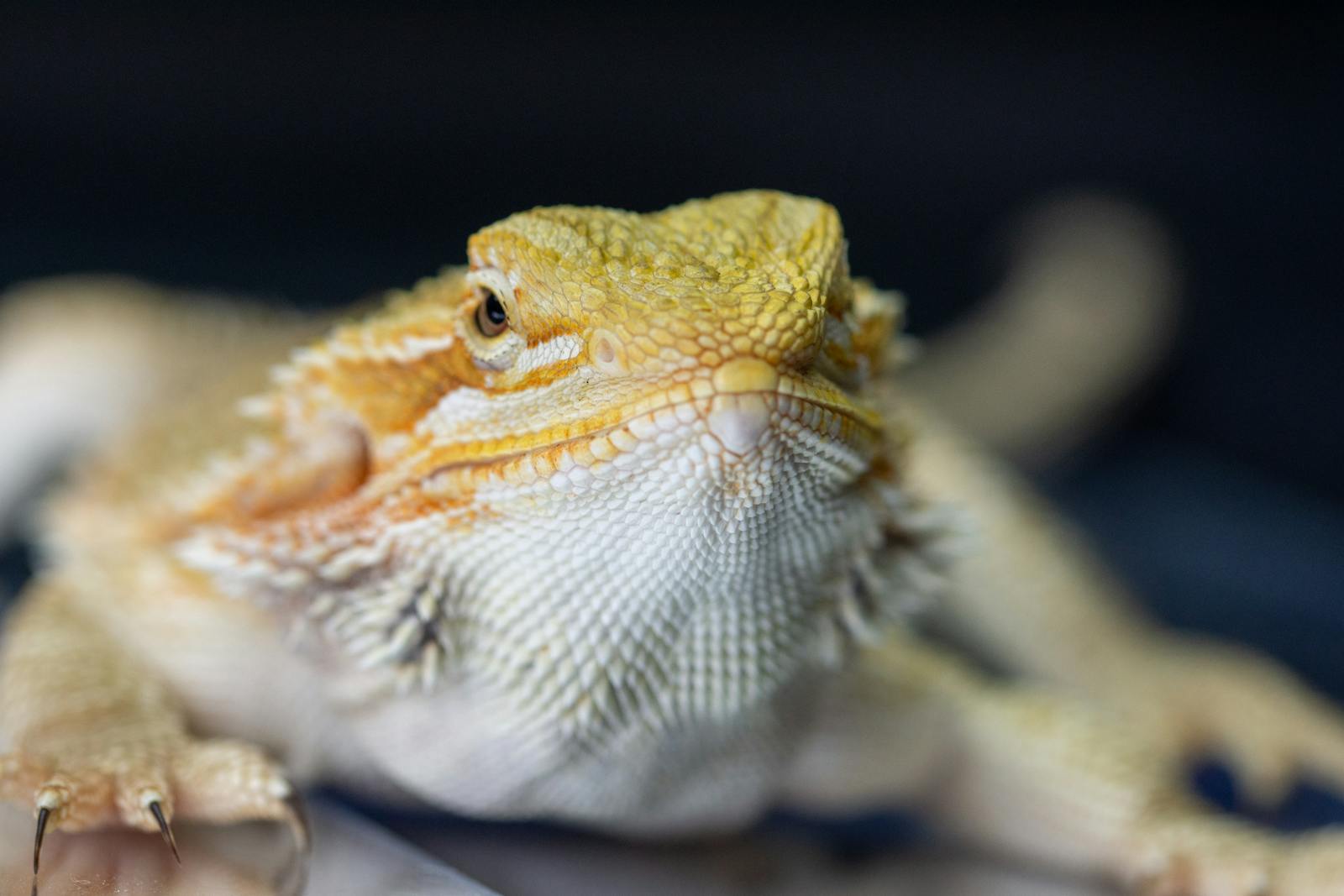Bearded dragons, with their prehistoric appearance and gentle disposition, have become beloved pets for reptile enthusiasts worldwide. Beyond providing proper habitat and nutrition, developing a meaningful bond with your bearded dragon enhances both your experience as an owner and your pet’s quality of life. Through patient, consistent, and gentle handling, you can build a relationship of trust that transforms a skittish reptile into a confident companion. This guide explores proven techniques and approaches to help you establish a strong connection with your bearded dragon, creating a foundation for years of mutual enjoyment and companionship.
Understanding Bearded Dragon Body Language
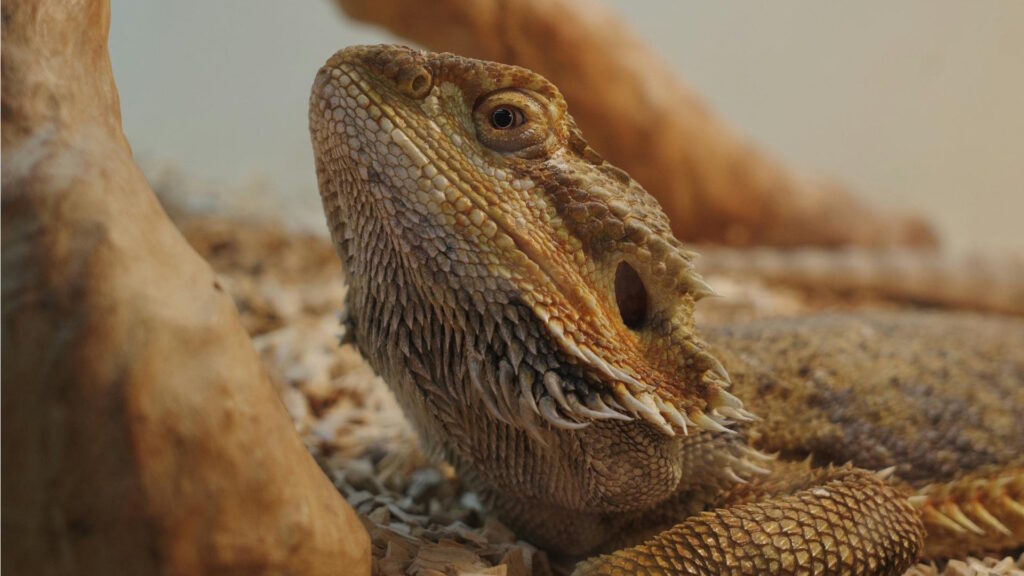
Before attempting to handle your bearded dragon, it’s crucial to understand the subtle signals they use to communicate their comfort level. A relaxed bearded dragon typically displays a neutral body posture, with their beard in a normal, non-puffed state and a body that isn’t flattened. When stressed or frightened, they may puff their beard, open their mouth in a defensive stance, or flatten their body to appear larger—all signs that handling should be postponed. Rapid breathing, black bearding (where the underside of their chin darkens), and hiding are additional indicators that your dragon is experiencing stress. Learning to read these cues allows you to approach handling sessions when your pet is most receptive, significantly increasing your chances of positive interaction.
Timing Your First Handling Sessions
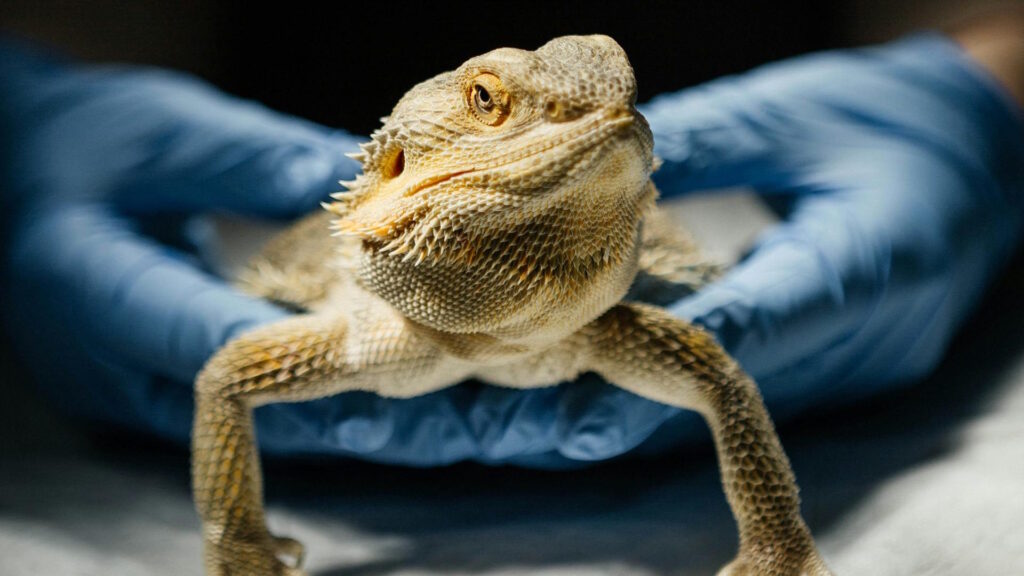
Selecting the right moment for handling can dramatically impact your bonding success with a bearded dragon. New dragons should be given a 1-2 week adjustment period in their enclosure before any handling attempts, allowing them to become accustomed to their surroundings and reduce relocation stress. The best time of day for initial handling is mid-morning after they’ve had time to warm up but before their most active period, typically avoiding times immediately after feeding when digestion is a priority. Keep initial sessions extremely brief—just 2-3 minutes—gradually extending the time as your dragon shows signs of comfort and reduced stress responses. Consistency in timing helps establish a predictable routine that bearded dragons respond well to, creating a foundation of security.
Creating a Pre-Handling Routine

Establishing a consistent pre-handling routine helps your bearded dragon anticipate interaction in a positive way. Begin by approaching the enclosure slowly and speaking in a soft, gentle voice to announce your presence without startling your pet. Wash your hands thoroughly before handling to remove any scents that might be perceived as threatening or confusing, particularly food odors that could trigger feeding responses. Allow your dragon to see your hand in the enclosure for 30-60 seconds before attempting to touch them, giving them time to recognize you aren’t a threat. Some owners find that a light tap on the enclosure glass or a specific verbal cue helps their dragon associate the sound with positive handling experiences, creating a conditioned response that prepares them for interaction.
The Proper Way to Pick Up Your Bearded Dragon
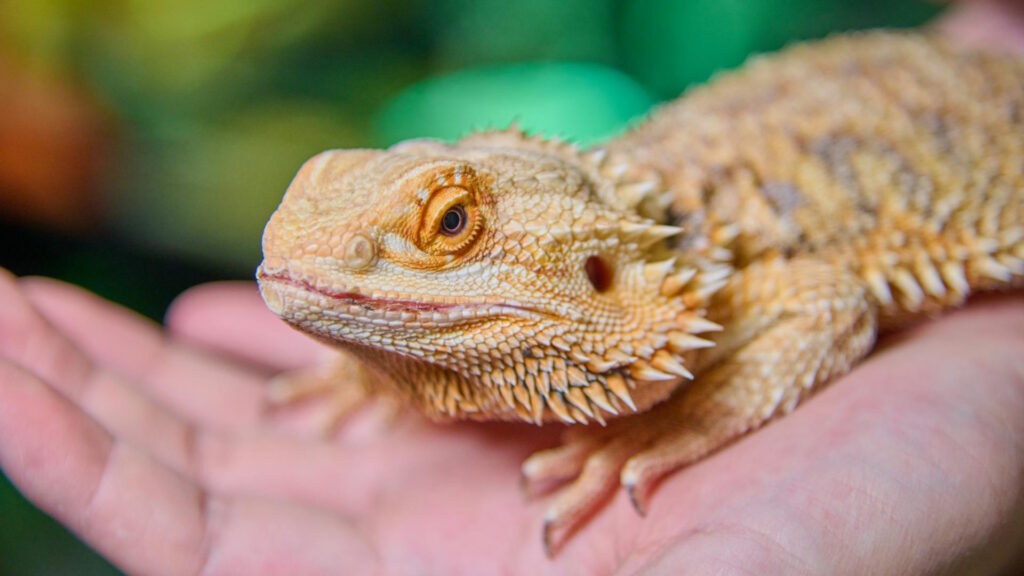
The method you use to lift your bearded dragon is foundational to building trust and preventing stress. Always approach from the side rather than from above, as predators typically attack from overhead, which can trigger a fear response. Slide your hand gently underneath your dragon’s body, supporting both the chest and hind quarters to make them feel secure and prevent struggling. Never grab your bearded dragon by the tail, as this can cause extreme stress and even lead to tail autotomy (dropping) in severe cases. For skittish dragons, using both hands—one supporting the chest and front legs, the other supporting the pelvis and hind legs—provides maximum security and minimizes the feeling of vulnerability during lifting. Allow your bearded dragon to step voluntarily onto your hand whenever possible, reinforcing that interaction with you is a choice rather than a forced experience.
Supporting Your Dragon’s Body Correctly
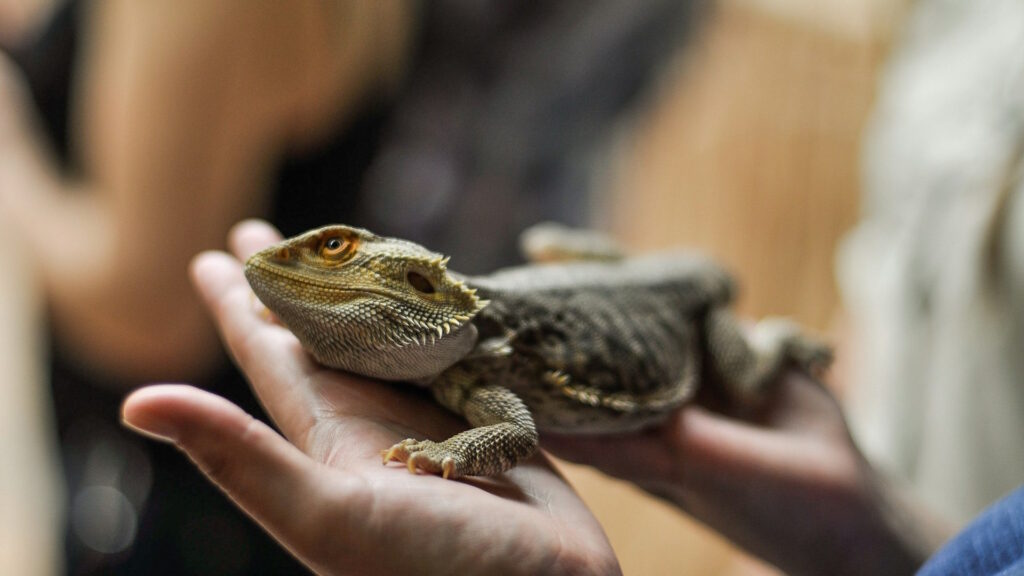
Proper body support during handling is essential for your bearded dragon’s physical comfort and emotional security. Always maintain full support under your dragon’s body, particularly the legs and tail, as dangling limbs create feelings of instability and vulnerability. Keep your dragon in a horizontal position similar to how they would naturally rest on a surface, avoiding vertical holding which can be disorienting. For longer handling sessions, create a “platform” with both hands where your dragon can comfortably perch, mimicking the flat surfaces they naturally prefer. Pay special attention to supporting juvenile dragons completely, as their smaller size and lighter weight make them more susceptible to injury if dropped or allowed to jump from heights. Once your dragon is comfortable with basic handling, you can gradually introduce them to resting on your shoulder or arm, always staying vigilant about providing sufficient support.
Recognizing Signs of Stress During Handling
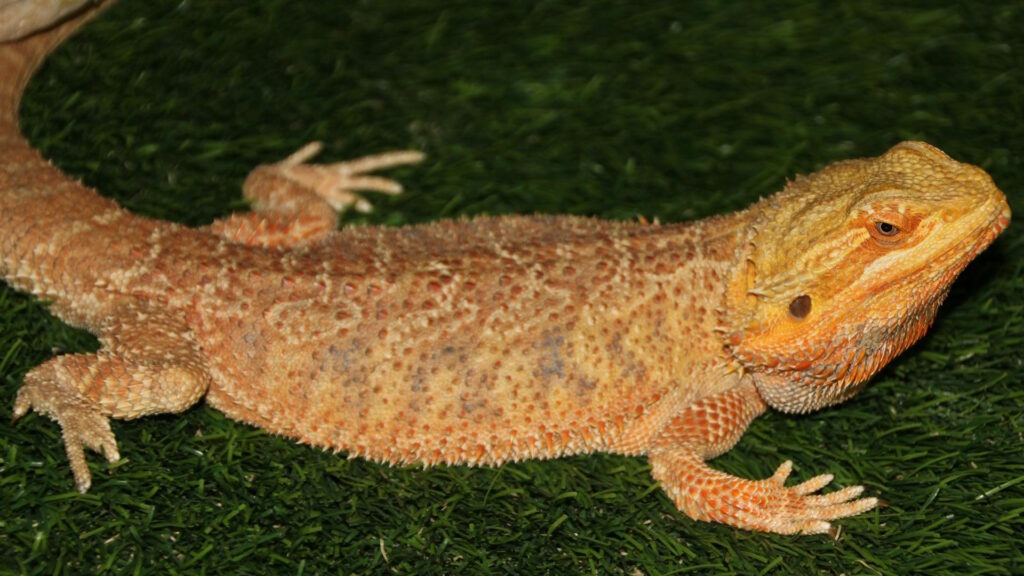
Being vigilant about stress signals during handling sessions allows you to adjust your approach before negative associations form. Immediate signs of discomfort include rapid breathing, closed eyes, frantic movement or attempts to escape, and a stiffened posture rather than a relaxed body. More severe stress indicators include puffing of the beard, gaping (opening the mouth wide), hissing, and tail twitching or whipping. Dark stress marks (black patches or lines) may appear on the beard or belly, providing a visual signal of anxiety. If your bearded dragon defecates during handling, this is often a stress response rather than a coincidence, particularly if it happens repeatedly during handling sessions. Upon noticing any of these signals, calmly and gently return your dragon to their enclosure, making a mental note to shorten the next session or adjust your handling technique.
Establishing a Reward System
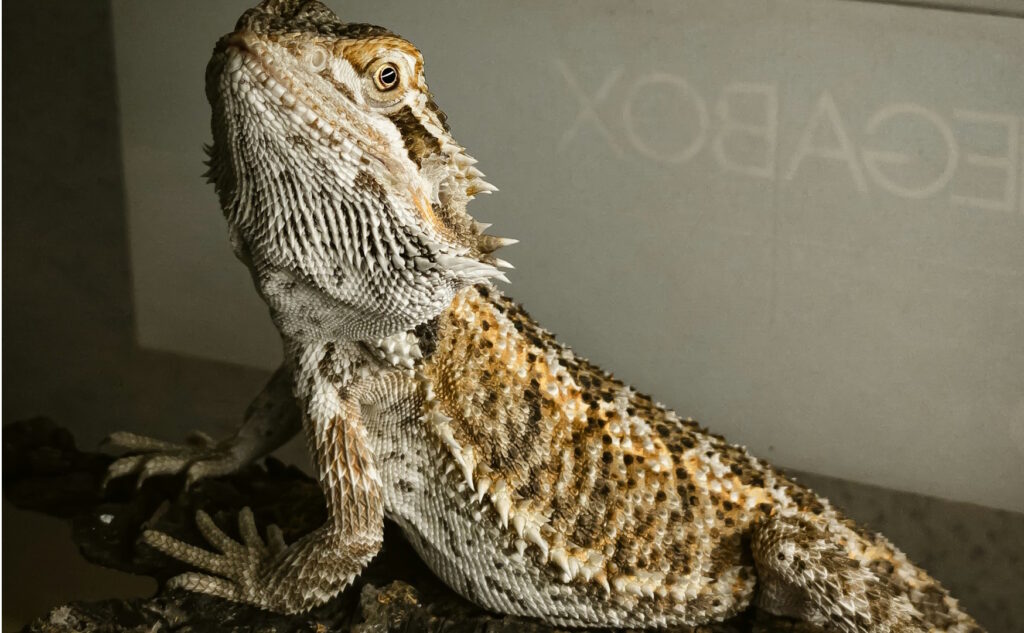
Positive reinforcement significantly accelerates the bonding process with bearded dragons by creating pleasurable associations with handling. Offer small treats such as a favorite insect (like a waxworm or small dubia roach) during or immediately after successful handling sessions as a tangible reward. The timing of the reward is crucial—it should come at moments when your dragon is displaying calm, relaxed behavior rather than when stressed, to avoid inadvertently reinforcing anxiety. Beyond food rewards, providing a warm basking opportunity after handling can serve as positive reinforcement, particularly during cooler seasons or in air-conditioned environments. Some bearded dragons respond well to gentle scratching under the chin or at the base of the head as a reward, areas many dragons enjoy having touched once trust is established. Creating consistent positive outcomes after handling builds anticipation and willingness in your dragon for future interaction.
Gradually Increasing Handling Duration
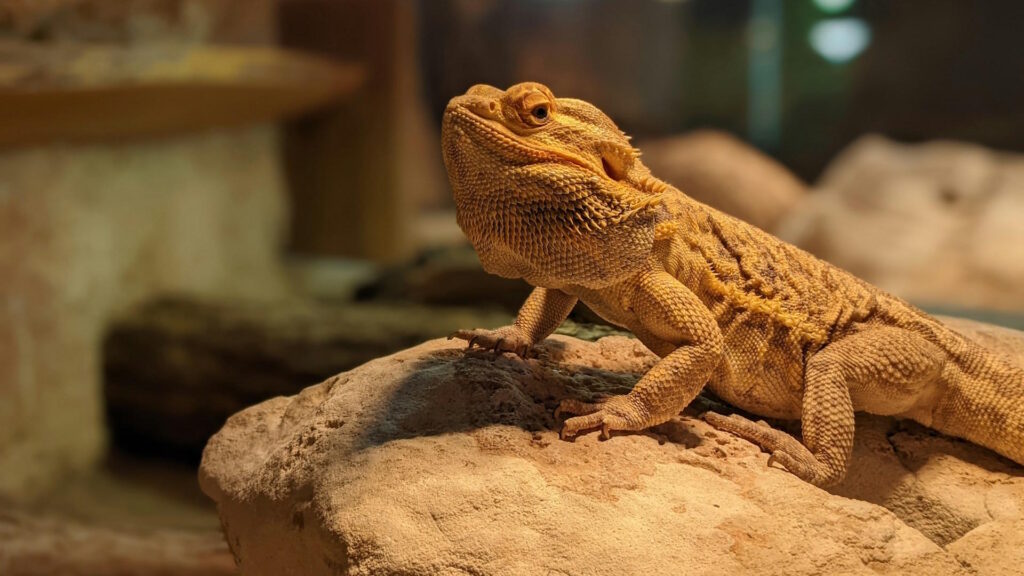
Patience is key when extending the amount of time you handle your bearded dragon, as rushing this process can undo weeks of trust-building. Begin with extremely brief sessions of just 1-2 minutes, focusing entirely on positive experiences rather than duration. Incrementally extend handling time by 30 seconds to one minute per session as your dragon shows consistent comfort signals, such as relaxed muscles, calm breathing, and exploratory behavior. Most well-adjusted bearded dragons can eventually tolerate 15-30 minute handling sessions, though individual temperaments vary significantly. Respect your particular dragon’s preferences rather than adhering to arbitrary time goals, as some naturally enjoy longer interaction while others prefer shorter, more frequent contact. Monitor for subtle signs of waning interest or increasing stress even in well-bonded dragons, as even the most socialized reptiles have limits to their social tolerance.
Creating a Safe Handling Environment
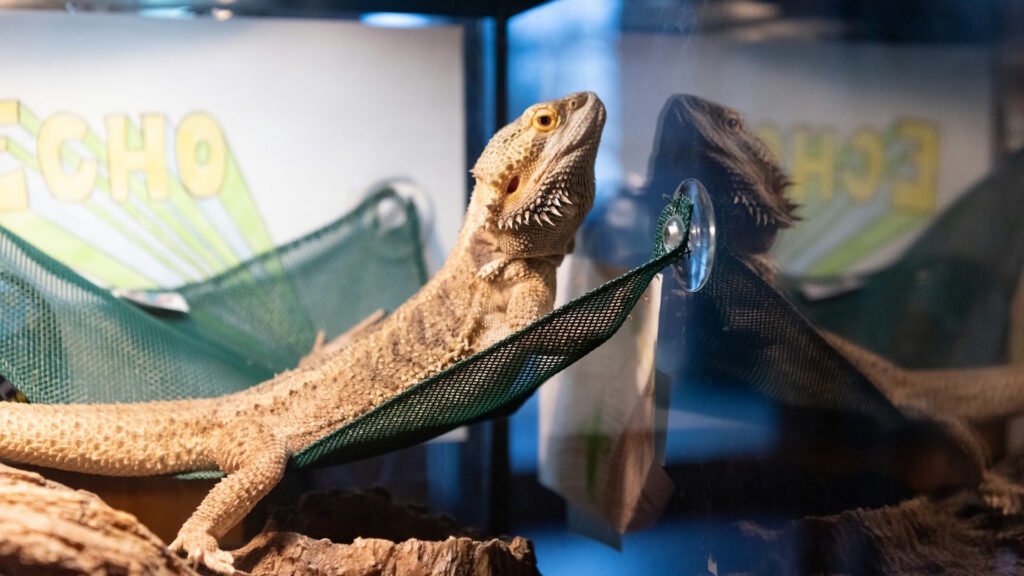
The physical environment where handling occurs significantly impacts your bearded dragon’s comfort and safety during bonding sessions. Choose a quiet location free from sudden noises, other pets (especially predatory ones like cats or dogs), and excessive foot traffic that might startle your reptile companion. Maintain a comfortably warm ambient temperature for handling sessions, as cold environments can stress these heat-dependent reptiles and make them lethargic or anxious to return to their heat source. Create a dedicated handling space with soft surfaces like a bed, couch, or specially designed reptile blanket where falls, if they occur, would be cushioned. Keep ceiling fans turned off during handling sessions to prevent the moving shadows that can trigger predator-avoidance responses in bearded dragons. Having these environmental considerations in place allows your dragon to focus on the interaction rather than potential threats or discomforts.
Overcoming Fear Responses
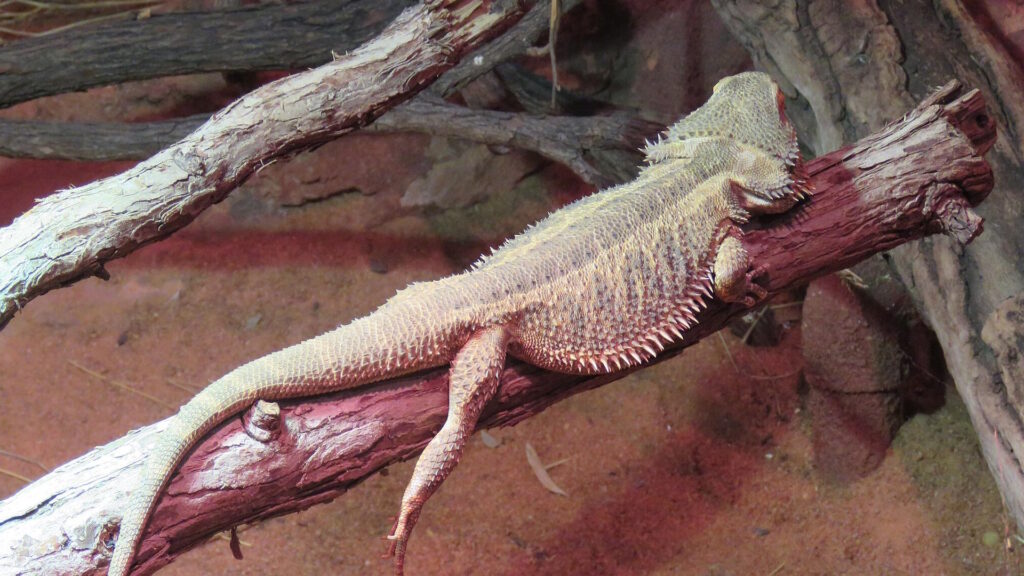
Many bearded dragons, especially wild-caught specimens or those with negative handling histories, may initially display pronounced fear responses that require special patience to overcome. The desensitization approach proves most effective, wherein you gradually increase exposure to handling in tiny increments that stay below the threshold of triggering panic. Begin by simply placing your hand in the enclosure without touching your dragon, repeating this step daily until the sight of your hand no longer elicits a stress response. Progress to brief touches on the least sensitive areas, typically the back or sides, before attempting full handling. For severely fearful dragons, using a lightweight cloth as a “hammock” to lift them can reduce the stress of direct hand contact during the initial phases. Remain absolutely consistent in your movements—sudden or unpredictable motions can reset progress and reinforce fear associations that may take weeks to overcome.
Introducing Enrichment During Handling
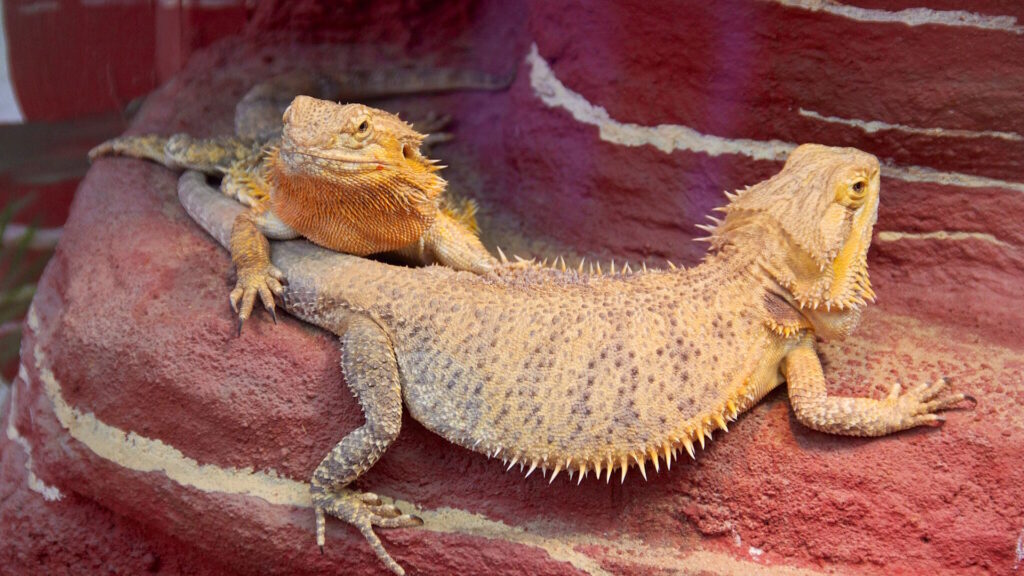
Incorporating enrichment activities during handling sessions can transform basic contact into mentally stimulating experiences that strengthen your bond. Consider using handling time for supervised exploration of new textures and surfaces, such as different fabrics or household items that provide novel sensory input. Some bearded dragons enjoy gentle “obstacle courses” where they navigate simple arrangements of pillows, tunnels made from paper towel tubes, or shallow ramps that provide physical engagement. Handling sessions can include opportunities for natural behaviors like digging in a designated sandbox (using reptile-safe sand) or climbing on stable, textured surfaces that engage their claws and muscles. Interactive play using an appropriate toy that moves unpredictably, mimicking insect movement, can trigger natural hunting behaviors that many bearded dragons find engaging, though always supervise closely to prevent accidental ingestion of non-food items.
Building Trust Through Routine Handling
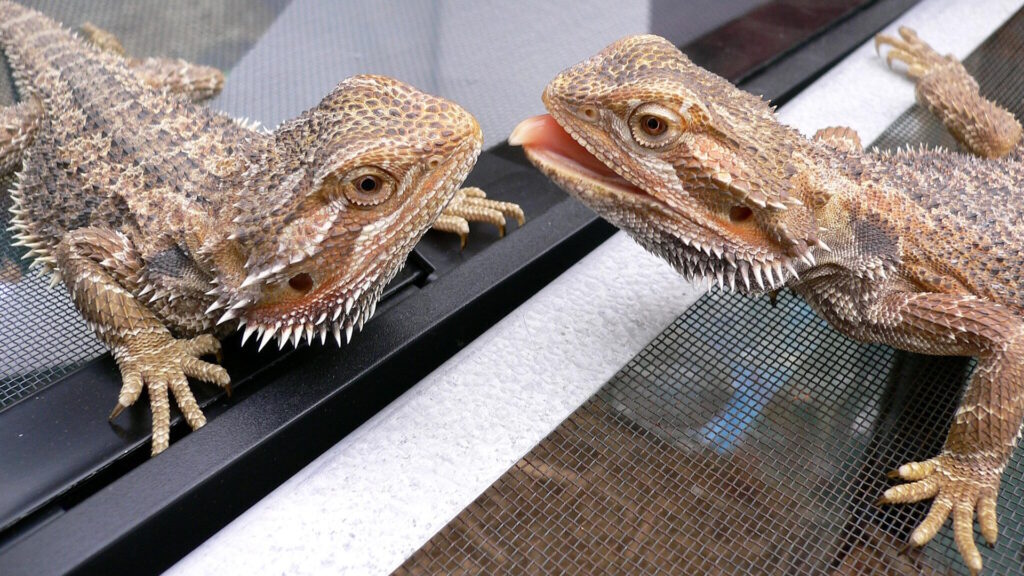
Consistency forms the cornerstone of successful bearded dragon socialization, creating predictable patterns that reduce anxiety and build confidence. Establish a regular handling schedule—ideally at the same times each day—to help your dragon anticipate and prepare for interaction rather than being surprised by random handling attempts. Short, positive daily sessions prove more effective than infrequent longer ones, as they provide regular reinforcement without overwhelming your pet’s social capacity. Maintain identical picking-up and holding techniques during each session to build muscle memory and comfort through familiarity. Even on days when extensive handling isn’t possible, brief “check-in” moments where you gently touch your dragon in their enclosure help maintain the continuity of your bonding routine. With consistent positive experiences, most bearded dragons transition from tolerating handling to actively seeking interaction, often moving toward their owner’s hand when it enters the enclosure.
Signs of a Successfully Bonded Bearded Dragon
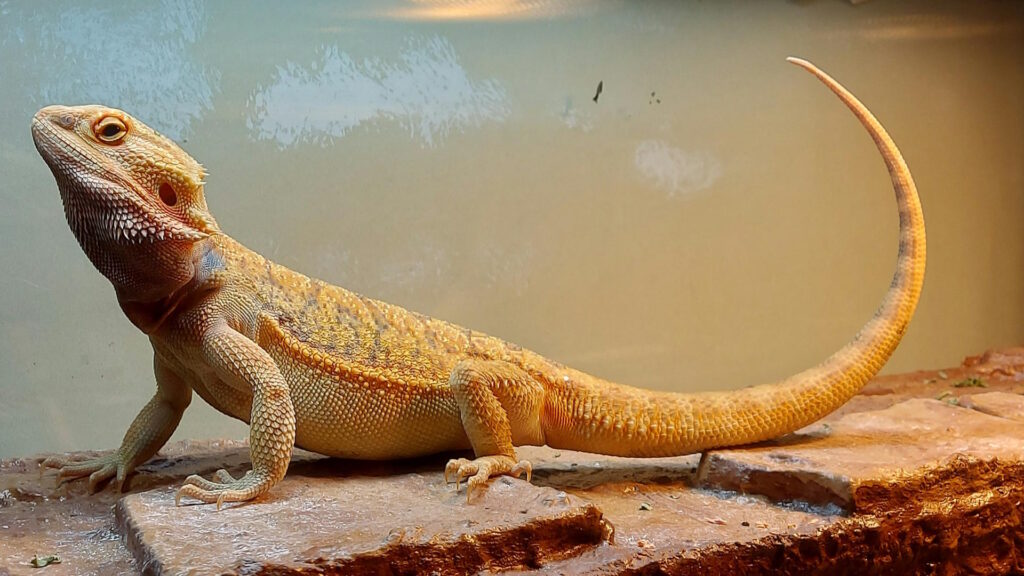
Recognition of the subtle indicators that your bearded dragon has formed a bond with you provides rewarding feedback on your socialization efforts. A strongly bonded dragon will often demonstrate “voluntary approach behavior,” moving toward you when you open the enclosure rather than retreating to a hide. Physical relaxation during handling becomes notably different from initial sessions—the beard remains relaxed, the body posture is loose rather than rigid, and the dragon may comfortably close their eyes while being held, a significant display of trust. Many well-bonded bearded dragons develop preference behaviors, showing different responses to their primary caretaker versus strangers, sometimes even following their owner’s movements through the glass of their enclosure. Perhaps most rewarding is the development of “seeking behaviors” where your dragon actively positions themselves to be picked up or climbs onto your hand when offered, demonstrating not just tolerance but genuine interest in interaction.
Conclusion
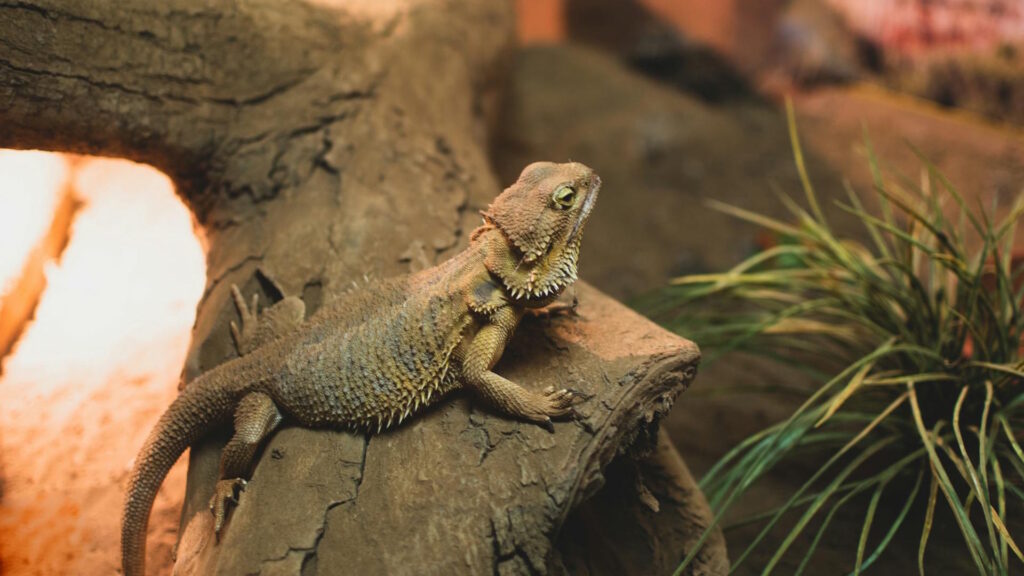
Developing a strong bond with your bearded dragon through gentle handling represents one of the most rewarding aspects of reptile companionship. Through patient, consistent interaction that respects your dragon’s comfort level and natural behaviors, you can cultivate a relationship based on mutual trust and positive association. Remember that each bearded dragon possesses a unique personality and socialization timeline—some may embrace handling quickly, while others require months of gentle persistence. By reading your dragon’s body language, providing proper support, and creating positive handling experiences, you’re laying the groundwork for a connection that enhances both your lives. As your bearded dragon begins to recognize you as a source of security rather than stress, you’ll discover the remarkable capacity these ancient creatures have for forming meaningful bonds with their human caretakers.


